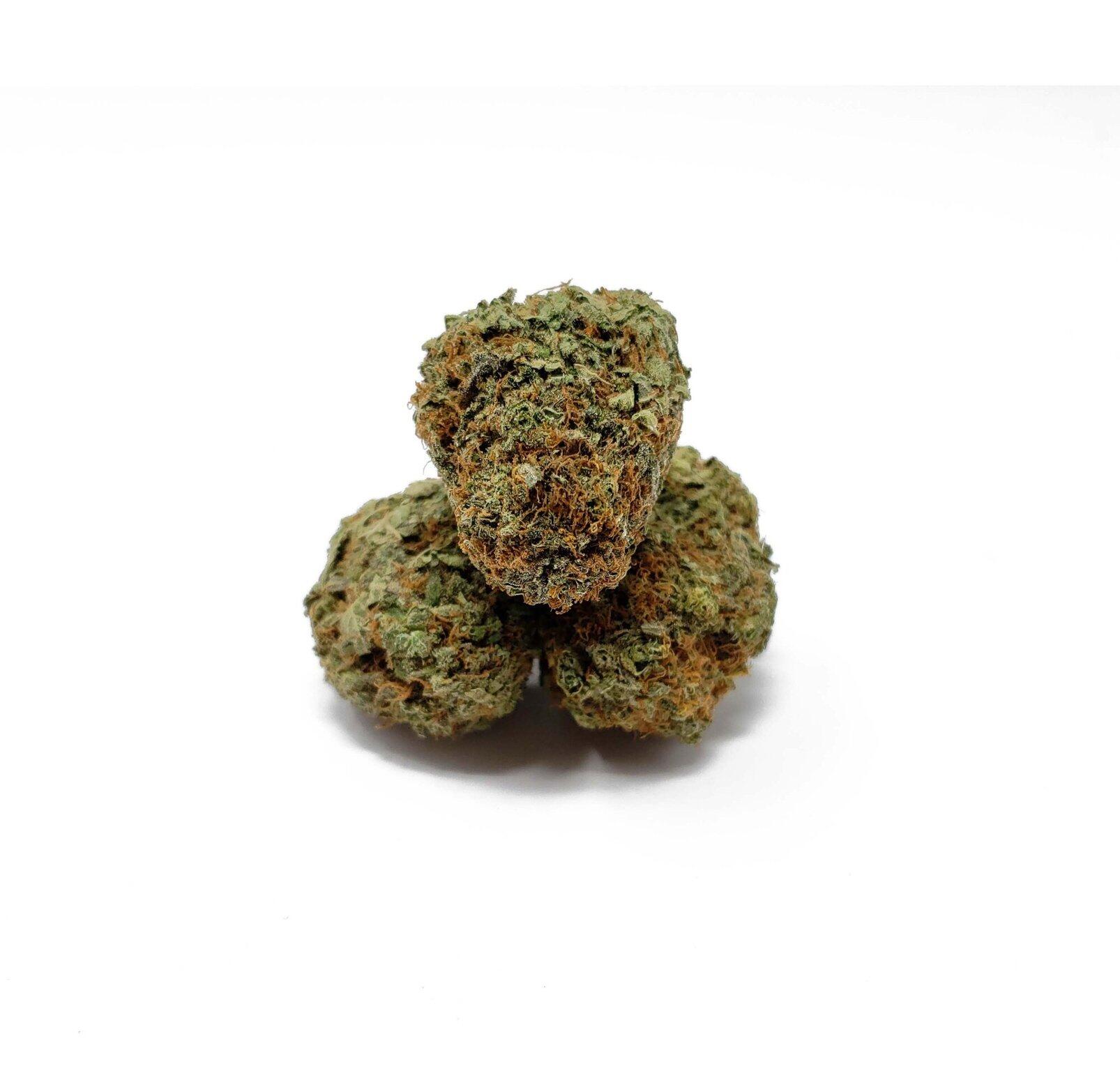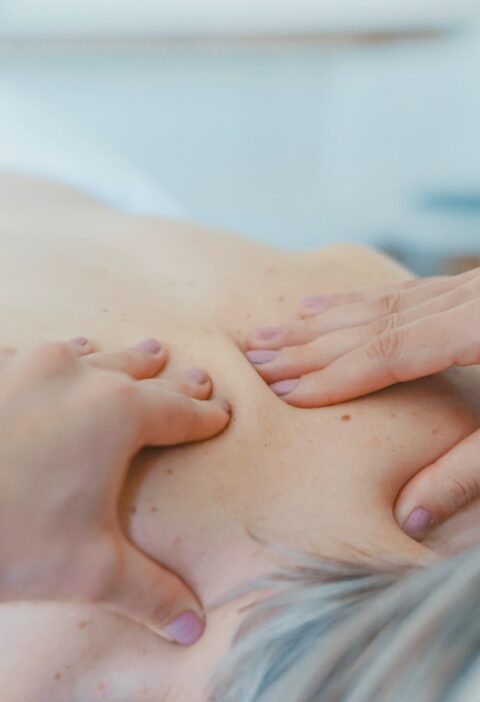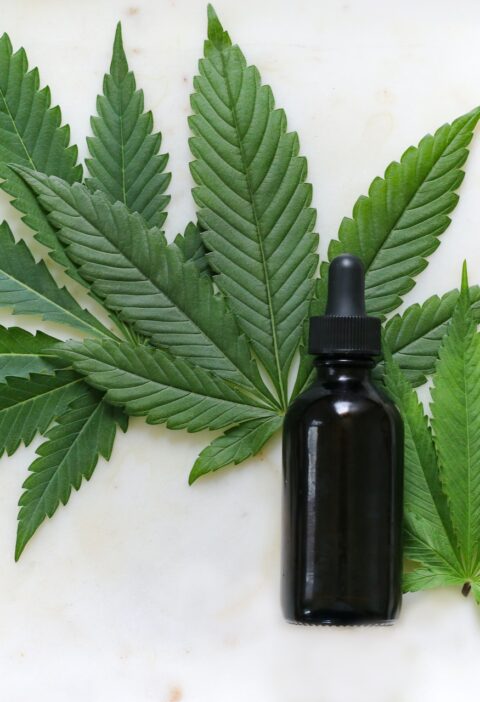It’s not uncommon for those with substance abuse problems to assume they can manage it themselves. DIY addiction recovery involves using self-help methods, such as self-help books, online resources, and support groups, to overcome addiction. While DIY addiction recovery has its benefits, it also has its downsides. In this blog post, we will explore the pros and cons of DIY addiction recovery and why going to a luxury rehab program may be the best option for some people.
Methods to Overcome Addiction Yourself
If you decide to pursue a DIY approach to addiction recovery, there are some methods that you can use to increase your chances of success:
- Education: Educate yourself about addiction and its effects on the body and mind. Learn about the different types of addiction and the best methods to overcome them.
- Self-Help Resources: Use self-help resources, such as books, online forums, and support groups, to get tips and advice from others who have gone through the same experience.
- Healthy Habits: Develop healthy habits, such as exercise, meditation, and healthy eating, to improve your physical and mental well-being.
- Self-Care: Take care of yourself and practice self-compassion. Recovery can be a challenging process, and it is important to be kind and forgiving to yourself.
The Pros of DIY Addiction Recovery
- Cost-Effective: One of the main advantages of DIY addiction recovery is that it is cost-effective. Unlike professional rehab programs, which can be expensive, DIY addiction recovery methods are often free or low-cost.
- Convenience: Another advantage of DIY addiction recovery is that it is convenient. You can access self-help resources anytime, anywhere, without having to worry about scheduling appointments or commuting to a rehab center.
- Privacy: Some people may be hesitant to seek professional help because they do not want to share their addiction with others. DIY addiction recovery methods offer a high level of privacy, allowing people to recover from addiction on their own terms.
- Empowerment: Finally, DIY addiction recovery methods can be empowering. By taking control of your recovery process, you can develop self-confidence and self-efficacy, which can help you stay on track and avoid relapse.
The Cons of DIY Addiction Recovery
- Lack of Support: One of the main disadvantages of DIY addiction recovery is that it lacks the support that professional rehab programs offer. Support from trained professionals and peers can be crucial in overcoming addiction.
- Lack of Accountability: DIY addiction recovery methods also lack accountability. When you attend a professional rehab program, you are accountable to others for your recovery. In a DIY approach, you are only accountable to yourself, which can make it easier to slip back into addictive behaviors.
- Limited Resources: DIY addiction recovery methods also have limited resources. While there are many self-help books, online resources, and support groups available, they may not offer the comprehensive care that professional rehab programs provide.
- Risk of Misinformation: Finally, DIY addiction recovery methods can also be risky because they rely on self-diagnosis and self-treatment. Without the guidance of trained professionals, there is a risk of misinformation and the possibility of making things worse.
Why Luxury Rehab May Be the Better Option
While DIY addiction recovery can be effective for some people, it is not the best option for everyone. For those who are struggling with severe addiction or co-occurring disorders, professional rehab programs from Ibogaine treatment centers mexico for example, offer the best chance of recovery. Here are some reasons why luxury rehab may be the best option:
- Comprehensive Care: Luxury drug rehab programs offer comprehensive care that addresses all aspects of addiction, including physical, psychological, and social factors. This holistic approach can help individuals identify and address the root causes of their addiction, which can increase the chances of successful long-term recovery.
- Professional Support: Professional support is a crucial aspect of addiction recovery. Luxury rehab programs offer 24/7 access to trained professionals who can provide medical care, therapy, and support. This support can help individuals manage withdrawal symptoms, cope with cravings, and develop healthy coping mechanisms.
- Individualized Treatment Plans: Luxury rehab programs create individualized treatment plans that are tailored to the unique needs and preferences of each client. This personalized approach can increase the effectiveness of treatment and help individuals stay motivated throughout the recovery process.
- Luxurious Amenities: Luxury rehab programs offer luxurious amenities that can help individuals feel comfortable and relaxed during their stay. This can create a healing environment that promotes relaxation, reflection, and self-care.
- Positive Environment: Luxury rehab programs also provide a positive environment that can help individuals overcome addiction. Surrounding oneself with positivity and like-minded individuals can help boost self-esteem, foster healthy relationships, and promote accountability.
Conclusion
DIY addiction recovery has its benefits, including cost-effectiveness, convenience, privacy, and empowerment. However, it also has its downsides, including lack of support, accountability, limited resources, and the risk of misinformation. To increase the chances of successful long-term recovery, luxury rehab programs offer comprehensive care, professional support, individualized treatment plans, luxurious amenities, and a positive environment.
Ultimately, the decision to pursue a DIY approach or seek professional help should be based on individual needs and preferences. If you or someone you know is struggling with addiction, seek help from a trained professional or a luxury rehab program to get the support needed to overcome this debilitating condition.







